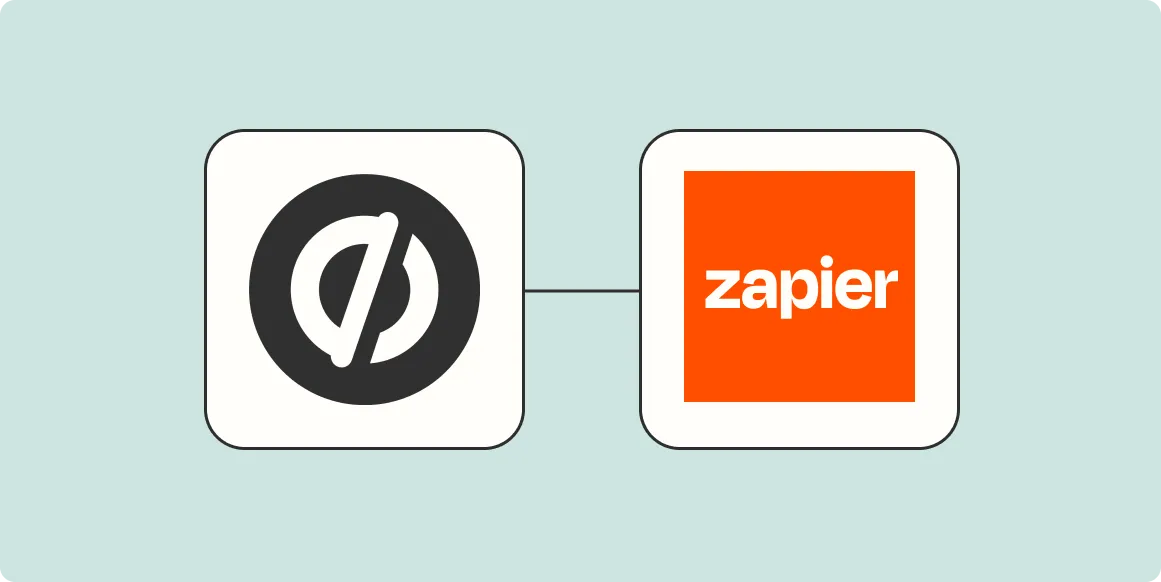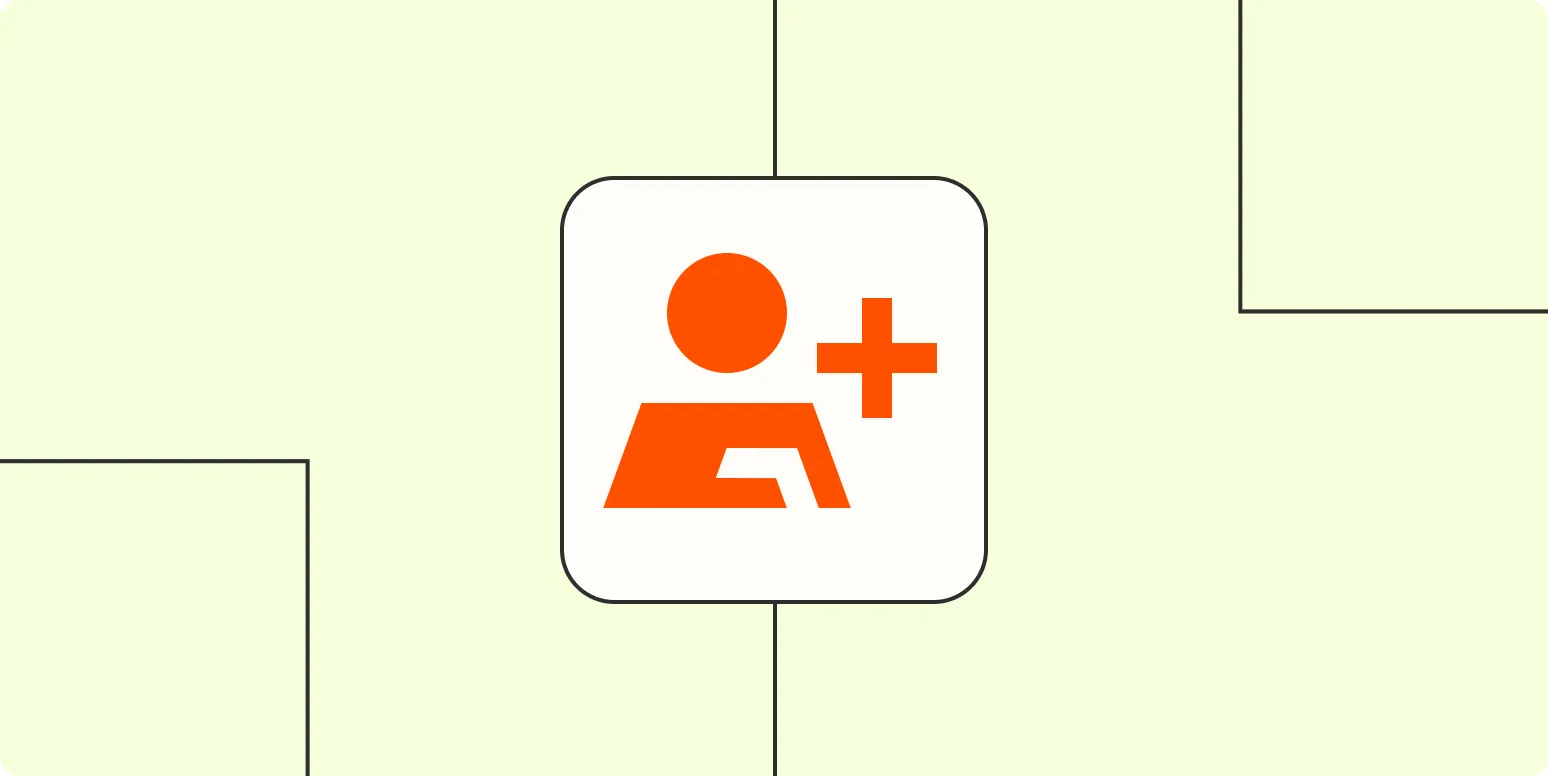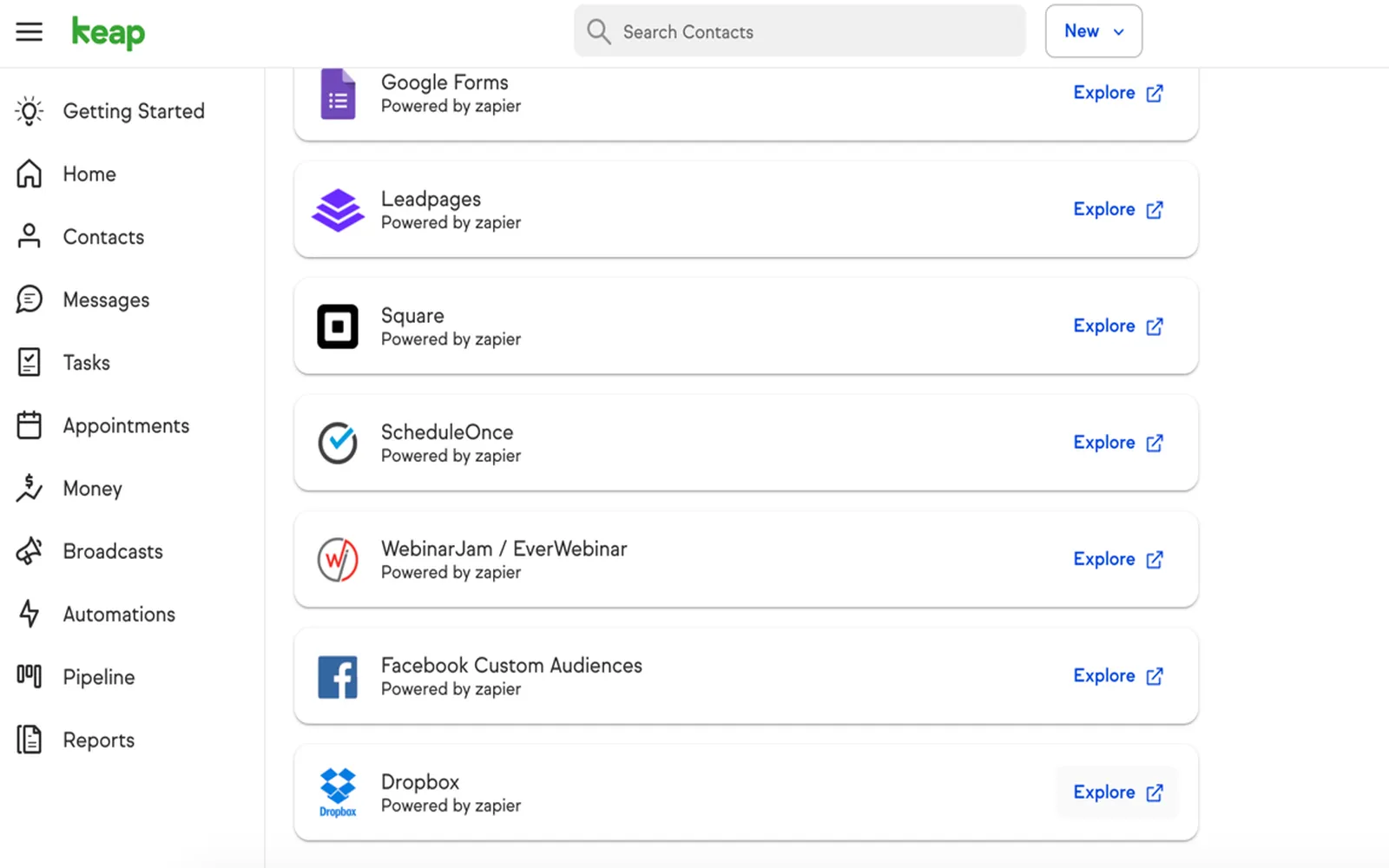Unbounce, a leading landing page platform, has made significant strides in driving long-term growth by leveraging strategic partnerships. One such partnership that stands out is with Zapier, an automation tool that connects various applications and services, facilitating seamless workflows. This collaboration not only enhances the capabilities of Unbounce but also provides users with the tools they need to optimize their marketing efforts. In this article, we will dive into how this partnership is beneficial for businesses, the role of automation in marketing, and the overall impact on long-term growth.
The Power of Automation
In today’s fast-paced digital landscape, automation has become a crucial aspect of marketing strategies. By automating repetitive tasks, businesses can save time and resources, allowing them to focus on more strategic initiatives. Unbounce’s integration with Zapier enables users to create automated workflows that connect their landing pages with various marketing tools, including email marketing platforms, customer relationship management (CRM) systems, and analytics tools.
For instance, when a user submits a form on an Unbounce landing page, Zapier can automatically trigger actions such as sending a thank-you email, adding the lead to a CRM, or notifying the sales team via a messaging app. This level of automation not only enhances the user experience but also ensures that leads are managed efficiently, ultimately driving growth.
Enhancing User Experience
The integration of Unbounce and Zapier significantly improves the user experience. Marketers can create dynamic landing pages that respond to user interactions in real-time. With an extensive library of apps that Zapier connects to, users can easily customize their workflows to fit their specific needs. This adaptability allows marketers to test different strategies and refine their approaches based on real-time data, leading to better conversion rates.
Moreover, the ability to automate follow-ups and nurture leads through personalized communication increases the chances of converting visitors into customers. By streamlining these processes, Unbounce and Zapier empower businesses to focus on crafting compelling content and optimizing their marketing campaigns.
Data-Driven Decision Making
Another significant benefit of the Unbounce and Zapier partnership is the ability to harness data for informed decision-making. By integrating analytics tools with Unbounce landing pages, businesses can track user behavior, gather insights, and adjust their strategies accordingly. This data-driven approach enables marketers to understand which landing page elements are performing well and which areas need improvement.
For example, marketers can analyze metrics such as conversion rates, bounce rates, and user engagement levels. With this information, they can create A/B tests to determine the most effective headlines, images, and calls to action. The continuous cycle of testing and optimization helps businesses adapt to changing market conditions and consumer preferences, fostering long-term growth.
Scalability and Flexibility
The partnership between Unbounce and Zapier also offers scalability and flexibility for businesses of all sizes. As companies grow, their marketing needs evolve, and the ability to easily integrate new tools and services becomes crucial. Zapier’s extensive library of integrations allows businesses to scale their marketing efforts without having to overhaul their existing systems.
Whether a startup looking to establish its brand or an enterprise aiming to optimize its marketing funnels, the Unbounce and Zapier integration provides the necessary tools to adapt and grow. This flexibility is particularly beneficial for marketers who may need to pivot their strategies quickly in response to market changes or new opportunities.
Case Studies: Success Stories
To illustrate the effectiveness of the Unbounce and Zapier partnership, let’s look at a couple of success stories. Many businesses have reported increased conversion rates and improved lead management after implementing automated workflows. For instance, a digital marketing agency utilized Unbounce landing pages connected to their CRM through Zapier. This integration streamlined their lead capture process, resulting in a 30% increase in sales-qualified leads within just a few months.
Another company, specializing in e-commerce, leveraged the automation capabilities to send personalized emails to customers who abandoned their carts. By connecting their Unbounce landing pages with their email marketing tool via Zapier, they saw a significant reduction in cart abandonment rates and a noticeable increase in sales.
Conclusion
The partnership between Unbounce and Zapier exemplifies how strategic collaborations can drive long-term growth for businesses. By automating repetitive tasks, enhancing user experiences, enabling data-driven decision-making, and providing scalability, this integration empowers marketers to optimize their efforts effectively. As businesses continue to navigate the complexities of digital marketing, leveraging tools like Unbounce and Zapier will be essential for achieving sustainable growth and staying ahead of the competition.
In summary, the synergy between Unbounce and Zapier not only streamlines marketing processes but also fosters a culture of continuous improvement. For marketers looking to enhance their strategies and drive long-term growth, embracing this partnership could be a game-changer.





